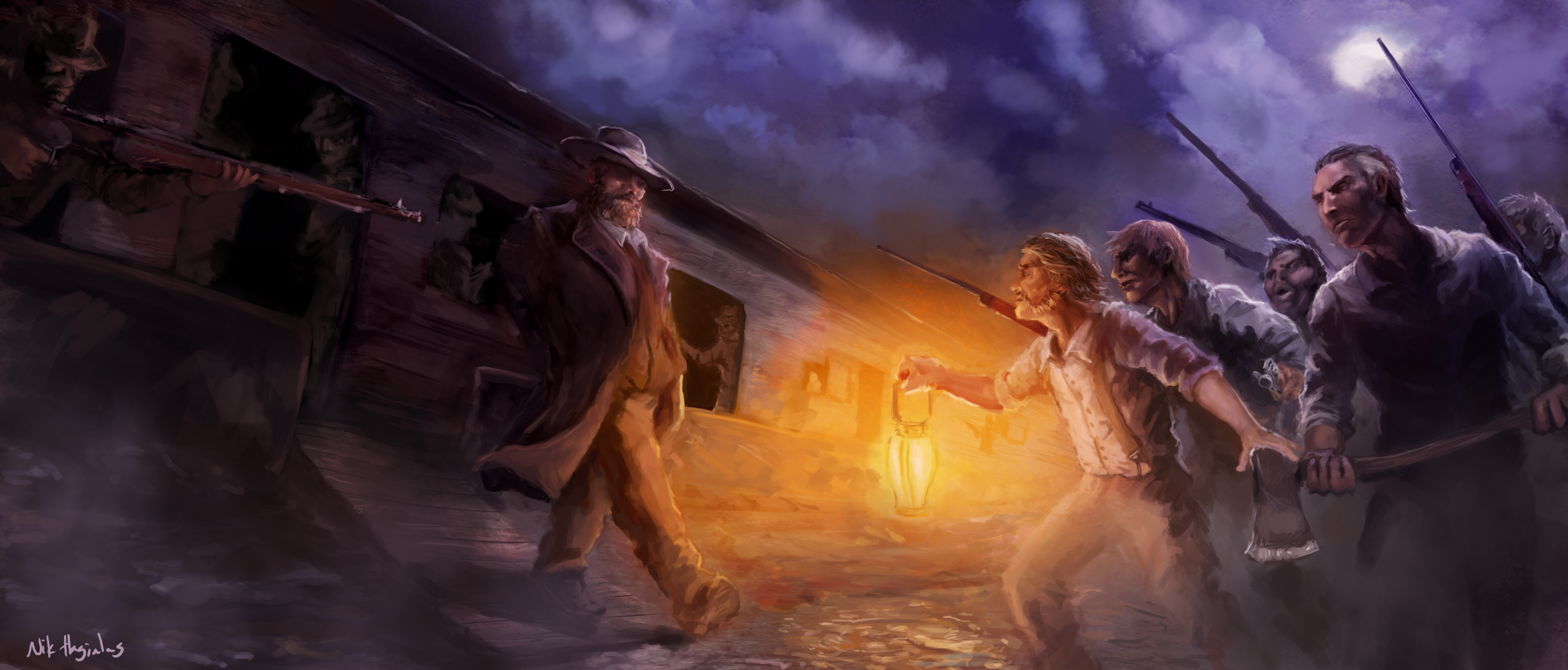IATSE Local No.3 Stagehands 127 Years Old
Pittsburgh Theatrical Protective Assembly, Local No.3 History Written By Brother Will Dennis
Pittsburgh, the birthplace of the American trade union movement gave birth to many of the nation's union organizations. Among these pioneer labor organizations was the Pittsburgh Theatrical Protective Assembly. Later, to be called; Local #3, of the International Alliance of Theatrical Stage *Employes, Motion Picture Technicians, Artists and Allied Crafts of the United States, its Territories and Canada, A.F.L.-C.I.O., C.L.C. During these early days Pittsburgh's theaters were the Grand, Alvin, Nixon, Gayety, Barry, Duquesne, and Carnegie Music Hall to name a few.
The legacy of the Pittsburgh Theatrical Protective Assembly, Local #3, of the International Alliance of Theatrical Stage Employees, Motion Picture Technicians, Artists and Allied Crafts of the United States, its Territories and Canada, A.F.L.-C.I.O., C.L.C. began when a handful of men formed the Pittsburgh Theatrical Protective Assembly.
On August 7, 1887 the Pittsburgh Theatrical Protective Assembly affiliated themselves with the Knights of Labor. Over the years they developed a reputation as a strong union, loyal to the original principals of the Knights of Labor. The Pittsburgh Theatrical Protective Assembly was instrumental in the formation of a national stagehands union and on July 17, 1893 the first meeting of the National Alliance of Theatrical Stage Employes was opened by Pittsburgh's John Gallagher, later referred to as “ The father of the I.A.”
In the century to follow Local #3 has contributed to the beginnings of many of our community's performing arts organizations such as the Pittsburgh Symphony, Pittsburgh Opera, Pittsburgh Civic Light Opera, Pittsburgh Ballet Theatre, Pittsburgh Public Theater, Pittsburgh Cultural Trust, and others. Local #3 stagehands have operated lighting equipment, set scenery, and transformed stages into imaginative scenes of beauty, wonder and technical excellence for all types of theatrical presentation. From the glory days of the Gayety, the Stanley, and the Loews Penn to the renewed heyday of the Byham, the Benedum Center, and Heinz Hall, the names of the theaters may have changed. Nevertheless the stagehands of Local #3 have maintained the quality of entertainment enjoyed by the citizens of Pittsburgh.
NOTE: Employes * The Union has retained the historical spelling of the word “employes”, calling itself the International Alliance of Theatrical Stage Employes. In recent years, however, it has chosen to use the more common spelling.







 /SteelTownMovie
/SteelTownMovie @SteelTownMovie
@SteelTownMovie